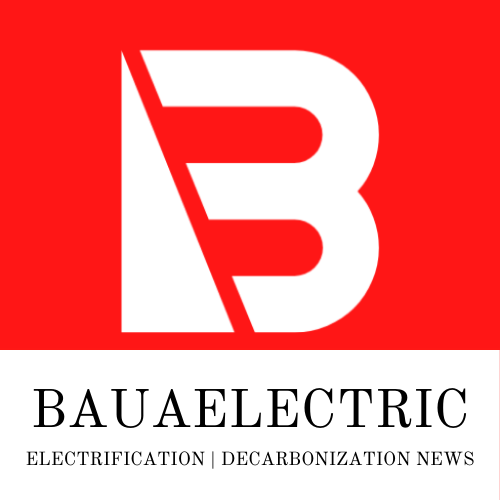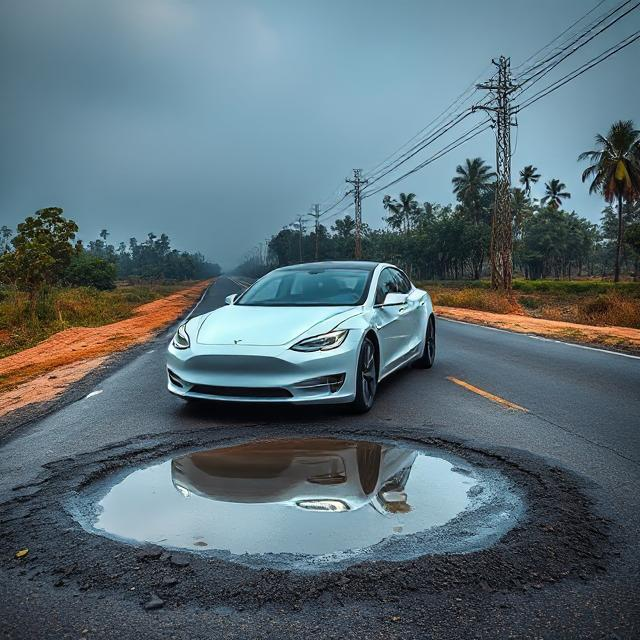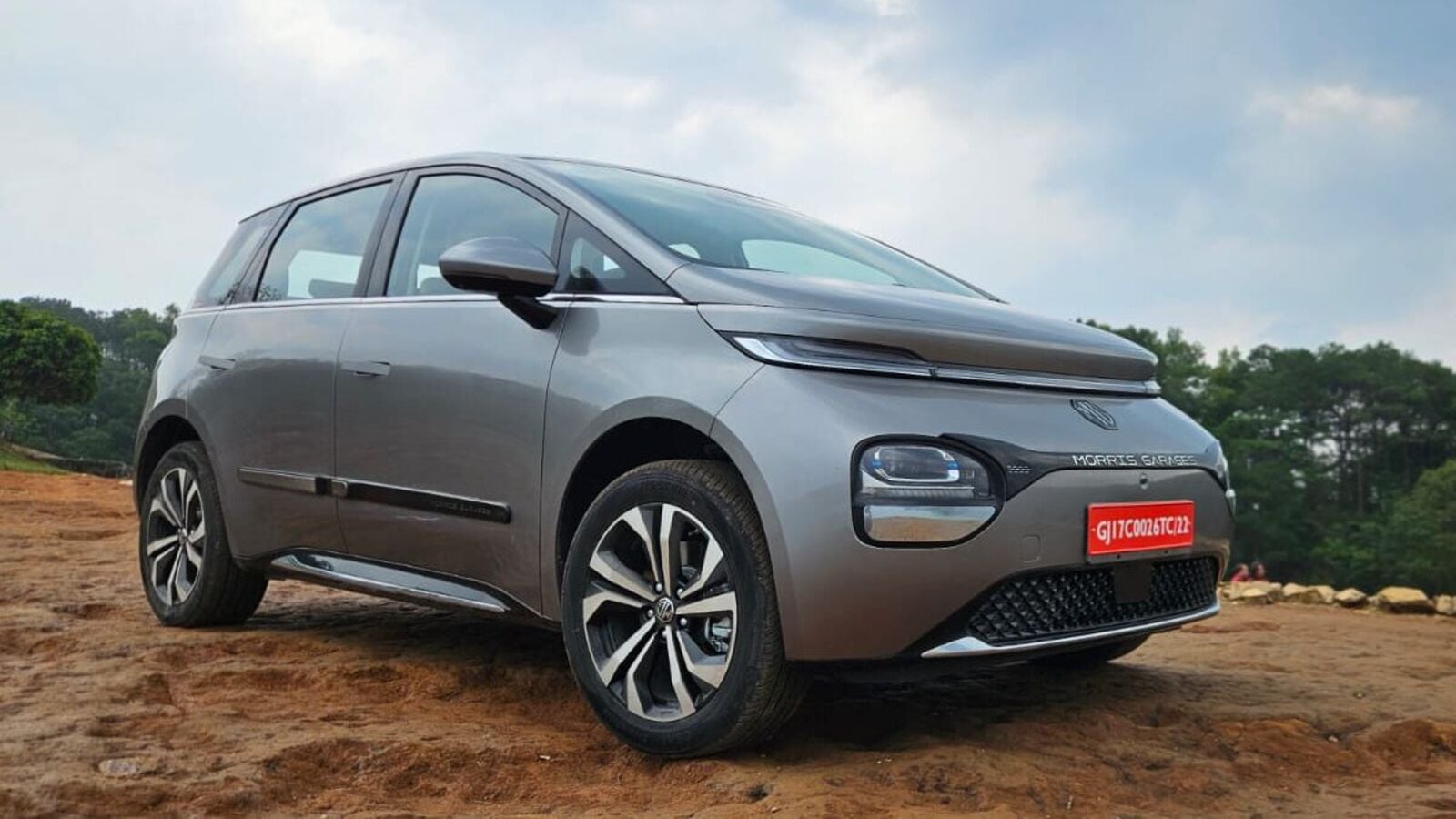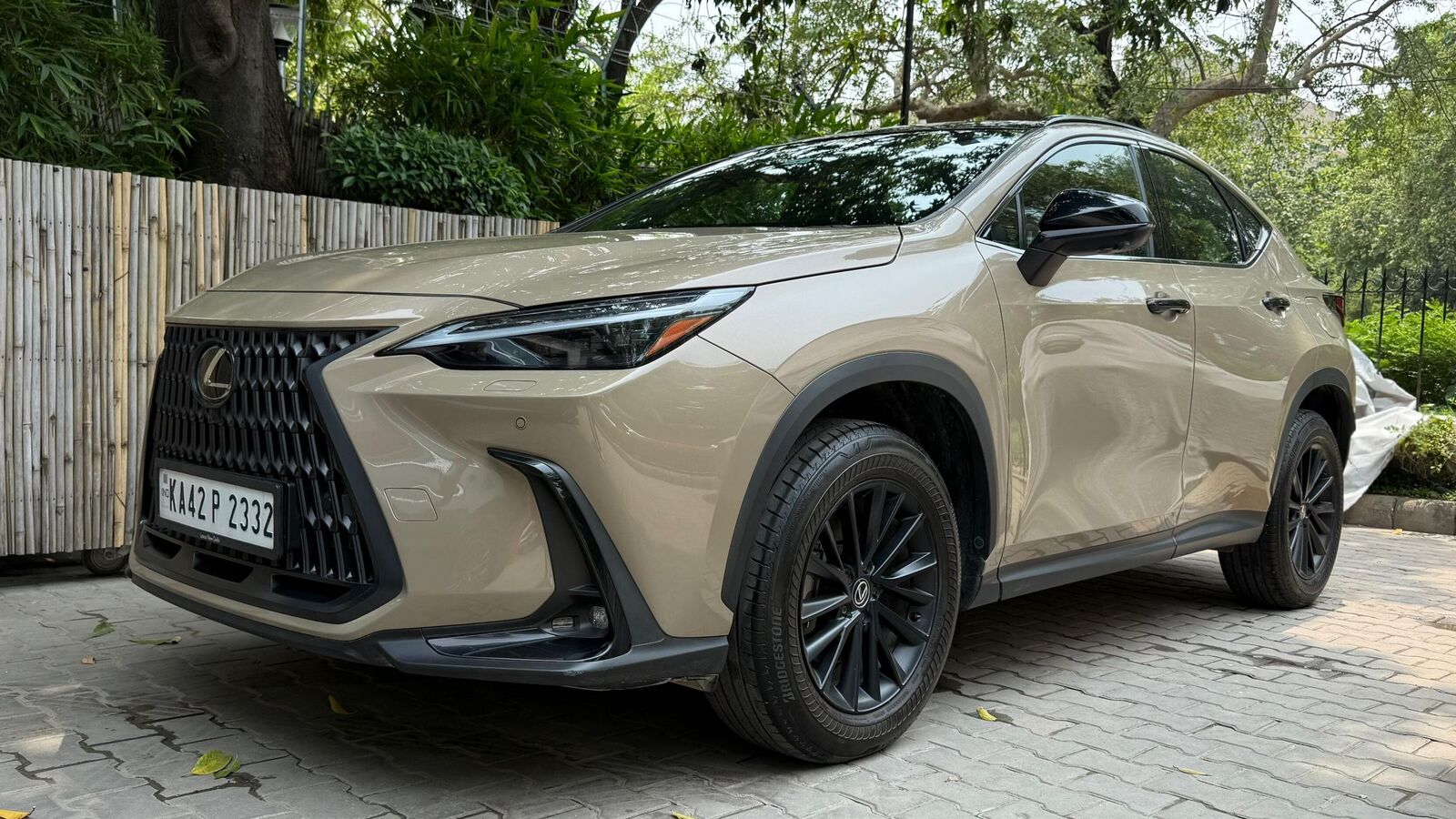Tesla is known for its advanced electric cars with futuristic technology, but how well can these cars perform on Indian roads? India has some of the most challenging road conditions, including potholes, speed breakers, and heavy traffic congestion. While Tesla cars are designed for smooth highways in countries like the USA and Europe, Indian roads present unique challenges. Let’s examine whether Tesla can handle the real-world usability of Indian traffic and road conditions.
1. Ground Clearance and Pothole Problems
One of the main concerns for Tesla cars in India is their low ground clearance. Indian roads are full of potholes, uneven surfaces, and poorly maintained highways, especially during the monsoon season. Tesla’s popular Model 3 has a ground clearance of 140mm, which is lower than most Indian sedans and SUVs.
For comparison:
- Tesla Model 3: 140mm
- Tata Nexon EV: 205mm
- MG ZS EV: 177mm
Lower ground clearance means Tesla cars are at a higher risk of scraping the underbody on speed bumps and potholes. This could lead to damage and costly repairs, making Teslas less practical for many Indian cities and rural areas.
2. Traffic and Autopilot Challenges
Tesla’s Autopilot and Full Self-Driving (FSD) mode rely on lane markings, clear roads, and organized traffic systems. However, Indian roads often have:
- Unmarked lanes and sudden road diversions
- Chaotic traffic with pedestrians, cyclists, and animals crossing unexpectedly
- Frequent honking and unpredictable driving behavior
Tesla’s AI-driven self-driving features may struggle to adapt to the highly unpredictable nature of Indian traffic. While Tesla has strong safety features like automatic emergency braking and collision avoidance, the lack of structured traffic flow could make full automation difficult in India.
3. Battery and Performance in Extreme Weather
Indian weather conditions vary greatly, from extreme heat in Rajasthan to heavy monsoons in Mumbai and cold winters in the north. EV batteries perform differently in extreme temperatures.
- Hot Weather: High temperatures can lead to battery overheating and increased energy consumption.
- Cold Weather: Lower temperatures can reduce battery efficiency and range.
- Flooded Roads: Tesla’s battery pack is well-sealed, but deep water levels during monsoons could pose a risk if water enters the vehicle’s electrical systems.
Tesla will need to ensure its cooling and heating systems can handle India’s extreme weather conditions effectively.
4. Charging Infrastructure and Roadside Support
Indian roads, especially highways, have limited EV charging stations compared to developed nations. While Tesla has its Supercharger network in other countries, India still lacks widespread fast-charging stations.
- Urban Areas: Some metro cities have charging stations, but availability is still low.
- Highways and Rural Areas: Charging stations are scarce, making long-distance travel difficult.
- Roadside Assistance: Tesla does not yet have a strong service network in India, which means repairs and maintenance could be slow and costly.
Without a strong charging network and reliable roadside support, Tesla users in India may face range anxiety and difficulties in case of breakdowns.
5. Suspension and Ride Comfort
Tesla cars have stiff suspension systems, which are great for handling but may not be ideal for India’s rough roads. Indian cars, especially SUVs, come with softer suspensions that absorb road shocks better. Cars like the Tata Nexon EV and Hyundai Kona EV offer higher ground clearance and better suspension tuning for Indian conditions.
If Tesla wants to perform well on Indian roads, it may need to tweak its suspension and introduce adjustable ride height to handle potholes and uneven terrain more comfortably.
Conclusion
Tesla brings cutting-edge technology and luxury to the EV market, but Indian roads present unique challenges. The low ground clearance, lack of structured traffic, extreme weather, limited charging stations, and stiff suspension could make Tesla cars less practical for Indian conditions. However, if Tesla adapts by improving suspension, increasing ground clearance, and expanding its charging network, it could overcome these obstacles.
Until then, Indian buyers might prefer locally made EVs that are better suited for the country’s road conditions. Would Tesla be willing to make these adjustments for India? Only time will tell!




